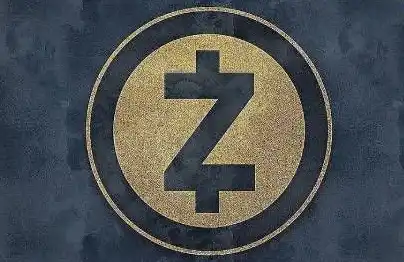November Could Be the New October for U.S. Crypto ETFs After Shutdown Delays SEC Decisions
October was supposed to be the month when long-awaited crypto exchange-traded funds (ETFs) finally hit U.S. markets. Deadlines for the Securities and Exchange Commission (SEC) to approve or deny several spot crypto ETF applications were lined up throughout the month. But when the U.S. government shut down, the process froze — and deadlines stopped mattering.
Now November could take October’s place. Several issuers are using a procedural route that doesn’t require an active SEC sign-off. It’s the same approach that allowed four crypto ETFs — two from Canary Capital, one from Bitwise and one from Grayscale — to start trading earlier this week despite the regulatory paralysis.
Issuers are filing updated S-1 registration statements that include “no delaying amendment” language. Under U.S. securities law, those filings automatically become effective after 20 days unless the SEC steps in to issue a stay or request changes. For the four ETFs that listed this week, the SEC didn’t act, allowing them to go live by default.
That success has sparked a wave of new filings. On Thursday, Fidelity submitted an updated S-1 for its spot Solana ETF, and Canary Capital did the same for its XRP ETF. If the SEC continues to follow its current track and doesn’t block the process, the market could see its first XRP fund as soon as November 13.
Still, there are limits to how far this workaround can go. While the SEC has already reviewed filings tied to Solana, HBAR and Litecoin ETFs, it hasn’t engaged much with the XRP application — a gap that could prompt the agency to halt its automatic approval.
“I think it’s possible we see a bunch of the funds launch next month. And that could be true whether or not the government reopens. But there are funds with filings that simply have not yet received any feedback from the SEC on their S-1s (prospectuses) and I’m not sure that they can launch without the SEC getting back to work,” said James Seyffart, ETF analyst at Bloomberg Intelligence. “So yes a bunch will likely launch next month but there are some that are simply unlikely to launch without the government reopening.”
For investors, the shift marks a new phase in the yearslong effort to bring crypto ETFs to U.S. markets. Instead of waiting for the SEC’s formal blessing, issuers are using procedural mechanics to move forward. Whether that momentum carries through November may depend less on market readiness — and more on whether the government gets back to work.
Disclaimer: The content of this article solely reflects the author's opinion and does not represent the platform in any capacity. This article is not intended to serve as a reference for making investment decisions.
You may also like
Is dropping below $100,000 just the beginning? Bitcoin "whales" have dumped $4.5 billions in one month, and the sell-off may continue until next spring
This wave of sell-offs may continue until next spring, and bitcoin could further drop to 85,000 dollars.

Galaxy Research Report: What Is Driving the Surge in Zcash, the Doomsday Vehicle?
Regardless of whether ZEC's strong price momentum can be sustained, this market rotation has already succeeded in forcing the market to reassess the value of privacy.

Soros predicts an AI bubble: We live in a self-fulfilling market
When the market starts to "speak": an earnings report experiment and a trillion-dollar AI prophecy.

Soros predicts an AI bubble: We live in a self-fulfilling market
The article uses Brian Armstrong's behavior during the Coinbase earnings call to vividly illustrate George Soros' "reflexivity theory," which posits that market prices can influence the actual value of assets. The article further explores how financial markets actively shape reality, using examples such as the corporate conglomerate boom, the 2008 financial crisis, and the current artificial intelligence bubble to explain the workings of feedback loops and their potential risks. Summary generated by Mars AI This summary was generated by the Mars AI model, and the accuracy and completeness of its content are still being iteratively improved.

